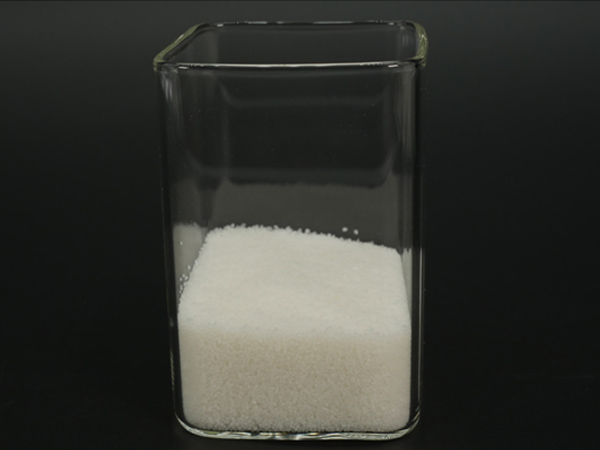
summary:
The adsorption separation technology for gasoline and diesel developed based on the concept of "molecular engineering" directly separates diesel components into heavy aromatic and non aromatic components through diesel adsorbents. It has the characteristics of high separation efficiency, low cost, environmentally friendly process, and large product value-added space, and is the core technology for achieving diesel quality and efficiency improvement.
The products obtained from the adsorption and separation of gasoline and diesel, combined with technologies such as non aromatic catalytic cracking (steam cracking) and heavy aromatic hydrocarbon lightweighting, can maximize the conversion of gasoline and diesel into high value-added products such as triphenylene, thereby reducing the total amount of finished oil, lowering the diesel to gasoline ratio, and achieving the goal of improving quality and efficiency.
Product route:
Realize the separation of aromatic and non aromatic components in diesel, and utilize heavy aromatic hydrocarbons in the next step:
(1) The route of producing high octane gasoline through heavy aromatic hydrogenation
(2) After hydrogenation of heavy aromatic hydrocarbons to obtain high-purity light aromatic hydrocarbons, they are directly fed into the disproportionation unit to produce PX (the byproduct of hydrogenation is a good ethylene cracking feed)
(3) Catalytic cracking utilization of non aromatic hydrocarbons (under the action of molecular sieve catalyst), products: low-carbon olefins+light aromatic hydrocarbons
(4) Non aromatic hydrocarbons undergo steam thermal cracking to produce ethylene. Due to the separation of heavy aromatic hydrocarbons, the remaining non aromatic components are good feedstock for ethylene cracking.
In summary, the high aromatic DCC gasoline diesel hybrid lightweighting route (HDT+HCU+adsorbent) produces light hydrocarbons and rich aromatic gasoline
Product advantages:
The process flow is simple, the equipment investment is low, the operating cost is low, and the process is environmentally friendly.
The process flow is simple and the equipment investment is low: a 1 million ton/year adsorption separation unit with an investment of only 200 million yuan.
Mild process conditions and low operating costs: The separation cost per ton of raw materials is 80-90 yuan/ton.
The separation process is environmentally friendly: it belongs to the physical separation process and has no discharge of three wastes.
The product has high added value, flexible product solutions, and strong ability to resist market risks.
According to market demand, the combination process operating conditions can be adjusted, and the product ratio can be flexibly controlled to enhance the enterprise's risk resistance ability through the diversification and flexibility of products